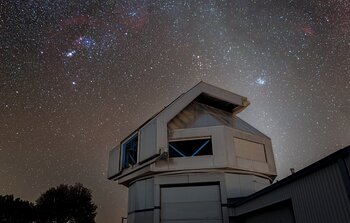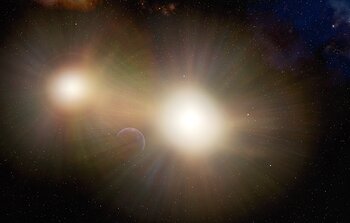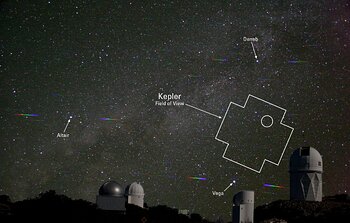noao1109 — Science Release
NOAO: New Planet Kepler-21b discovery a partnership of both space and ground-based observations
30 November 2011: The NASA Kepler Mission is designed to survey a portion of our region of the Milky Way Galaxy to discover Earth-size planets in or near the “habitable zone,” the region in a planetary system where liquid water can exist, and determine how many of the billions of stars in our galaxy have such planets. It now has another planet to add to its growing list. A research team led by Steve Howell, NASA Ames Research Center, has shown that one of the brightest stars in the Kepler star field has a planet with a radius only 1.6 that of the earth’s radius and a mass no greater that 10 earth masses, circling its parent star with a 2.8 day period. With such a short period, and such a bright star, the team of over 65 astronomers (that included David Silva, Ken Mighell and Mark Everett of NOAO) needed multiple telescopes on the ground to support and confirm their Kepler observations. These included the 4 meter Mayall telescope and the WIYN telescope at Kitt Peak National Observatory. The accompanying figure shows the size of the Kepler field, seen over Kitt Peak.



















